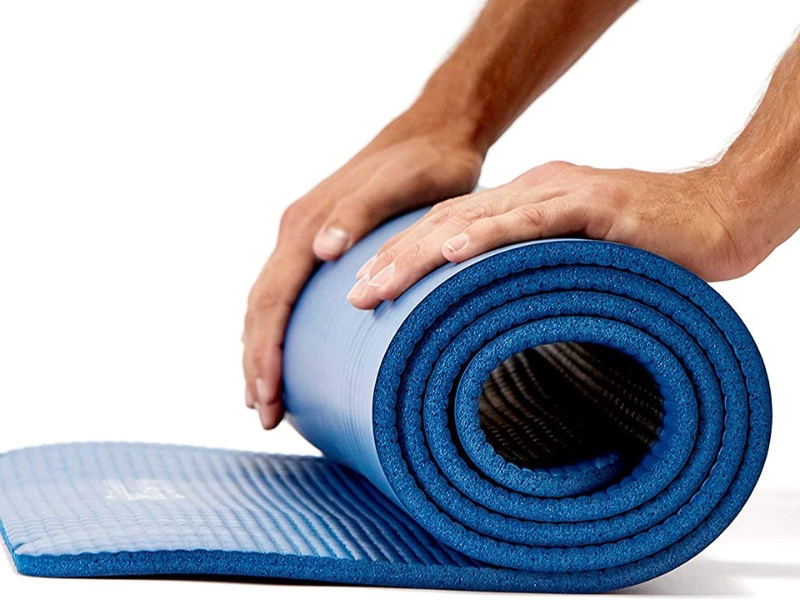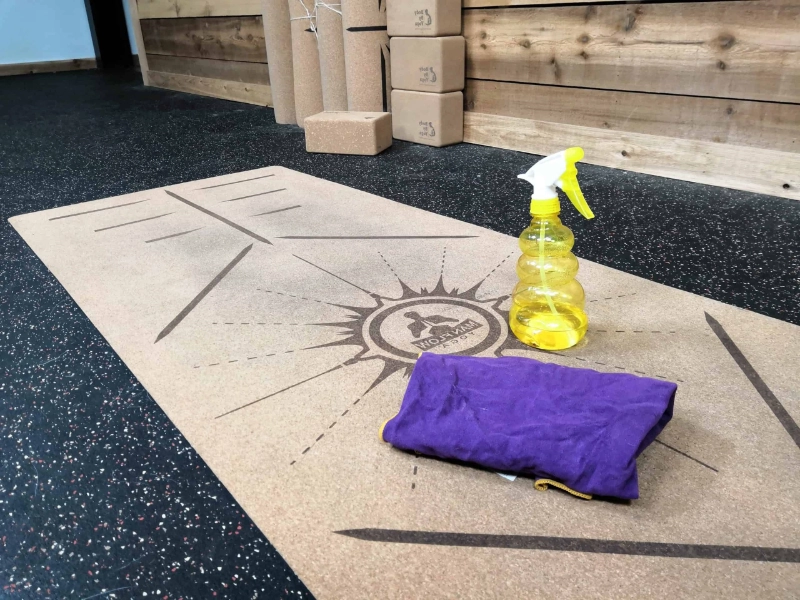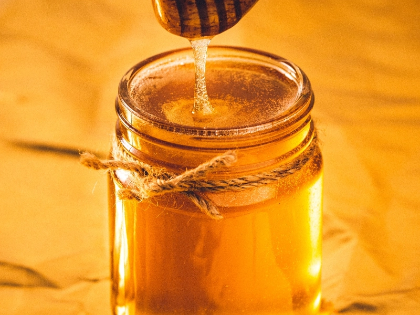Yoga Mat Care: Cleaning And Maintaining Your Equipment
If you do yoga and find yourself sweating, you should routinely wash your mat. That's so because bacteria can proliferate in perspiration, body oil, and other waste. Although you might buy wipes or a cleaning spray, it's advisable to employ a natural approach free of damage to your mat. Try this do-it-yourself vinegar and tea tree oil cleaning.
Keep it Clean

Deep Clean It Once a Month
 A good start is a good wipe-down; nevertheless, your mat requires more than simply dirt to feel and look best. Depending on how sweaty you become during practice, you will want to wash it a few times a month (or more to kill germs, dirt, and odor-causing bacteria).
Your yoga mat will be thoroughly clean if you use a mild cleaning solution—equal parts water and white vinegar with a good splash of tea tree oil—both of which have antibacterial characteristics. Although some individuals even use prepackaged yoga mat cleaning sprays, be sure to check the ingredients before you indulge; some may have chemicals that might break down the materials of your mat.
Adding warm water and two to four drops of mild dish soap will also make your own cleaner. Just be cautious to test your mixture on a tiny section of your mat before you apply it all over; some cleansers might harm rubber.
A good start is a good wipe-down; nevertheless, your mat requires more than simply dirt to feel and look best. Depending on how sweaty you become during practice, you will want to wash it a few times a month (or more to kill germs, dirt, and odor-causing bacteria).
Your yoga mat will be thoroughly clean if you use a mild cleaning solution—equal parts water and white vinegar with a good splash of tea tree oil—both of which have antibacterial characteristics. Although some individuals even use prepackaged yoga mat cleaning sprays, be sure to check the ingredients before you indulge; some may have chemicals that might break down the materials of your mat.
Adding warm water and two to four drops of mild dish soap will also make your own cleaner. Just be cautious to test your mixture on a tiny section of your mat before you apply it all over; some cleansers might harm rubber.
Keep It Dry
 You still have to look after your mat correctly even after a thorough cleaning. Keeping it dry is crucial as, let the moisture build and mould and mildew will proliferate.
Some studios store their mats this way, and it's also a common storage option at home. One approach to achieve it is by hanging the mat with a soft clip or folding it over a pole. This separates the mat from other objects that can bring germs, dirt, or smells.
Although you should be sure to use a mild detergent, you may also wash your yoga mat using a clean, hot tub of water. If you so, avoid rinsing it or hanging it until it is totally dry; a damp mat can also encourage the growth of bacteria. Check the label to find out if your mat is machine-washable or not; some cleaners can damage the material. Mat-cleaning sprays are also available, however a 2016 study casts doubt on their capacity to eradicate the most tenacious bacteria.
You still have to look after your mat correctly even after a thorough cleaning. Keeping it dry is crucial as, let the moisture build and mould and mildew will proliferate.
Some studios store their mats this way, and it's also a common storage option at home. One approach to achieve it is by hanging the mat with a soft clip or folding it over a pole. This separates the mat from other objects that can bring germs, dirt, or smells.
Although you should be sure to use a mild detergent, you may also wash your yoga mat using a clean, hot tub of water. If you so, avoid rinsing it or hanging it until it is totally dry; a damp mat can also encourage the growth of bacteria. Check the label to find out if your mat is machine-washable or not; some cleaners can damage the material. Mat-cleaning sprays are also available, however a 2016 study casts doubt on their capacity to eradicate the most tenacious bacteria.
Store It Properly
 Depending on how sweaty you are and what kind of lotions you use on your hands and feet, a thorough clean is in need at least once a month—if not more frequently—even if a cursory wipe down of your mat following practice is OK. Kelly Turner, VP of training and experience for YogaSix, notes "I do a thorough cleaning every month with a solution made from equal parts water and white vinegar with a few drops of tea tree oil." "The anti-microbial and odor-fighting qualities of the vinegar do miracles for my mat."
Enough water should cover your yoga mat in a sink or tub; add a tablespoon of mild dish soap; then, submerge your mat and gently scrub it, paying particular attention to dirty sections. Before folding up and storing your yoga mat, rinse the soap from it and let it dry totally. Although some mats can be left out in warm sunlight to help eradicate any germs that survived the washing process, be careful as this could damage rubber and some plastic foams.
Depending on how sweaty you are and what kind of lotions you use on your hands and feet, a thorough clean is in need at least once a month—if not more frequently—even if a cursory wipe down of your mat following practice is OK. Kelly Turner, VP of training and experience for YogaSix, notes "I do a thorough cleaning every month with a solution made from equal parts water and white vinegar with a few drops of tea tree oil." "The anti-microbial and odor-fighting qualities of the vinegar do miracles for my mat."
Enough water should cover your yoga mat in a sink or tub; add a tablespoon of mild dish soap; then, submerge your mat and gently scrub it, paying particular attention to dirty sections. Before folding up and storing your yoga mat, rinse the soap from it and let it dry totally. Although some mats can be left out in warm sunlight to help eradicate any germs that survived the washing process, be careful as this could damage rubber and some plastic foams.








